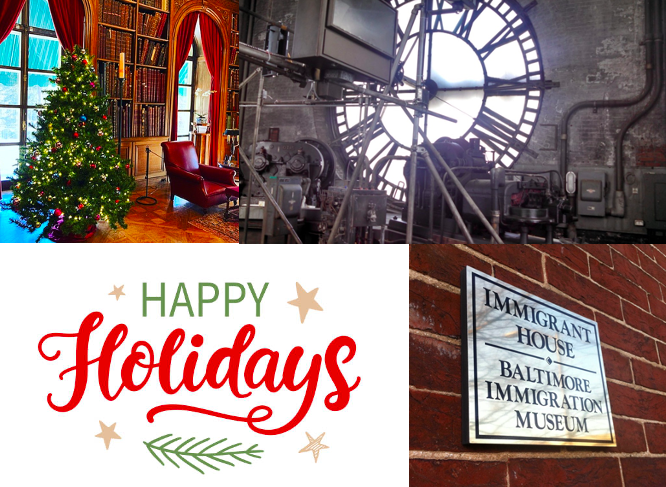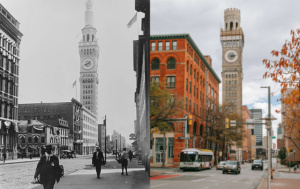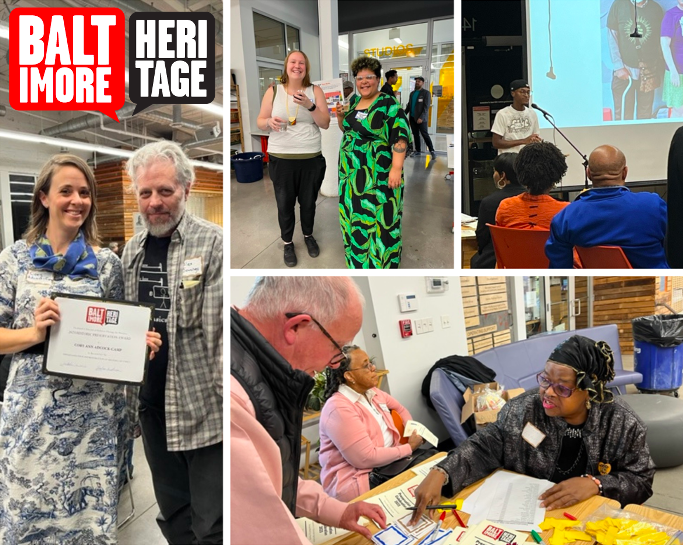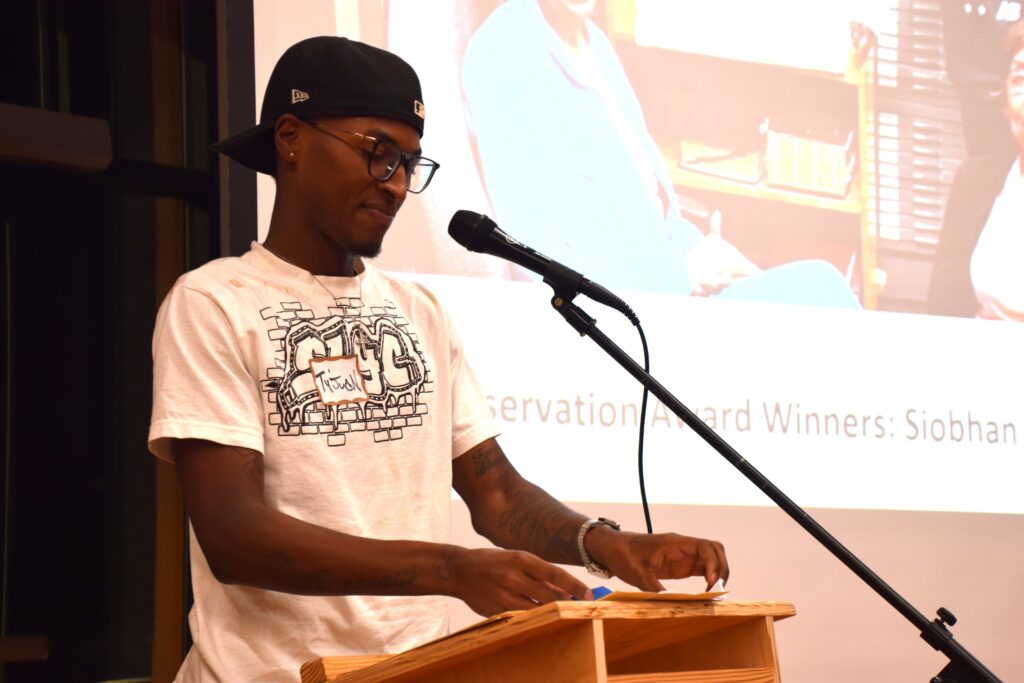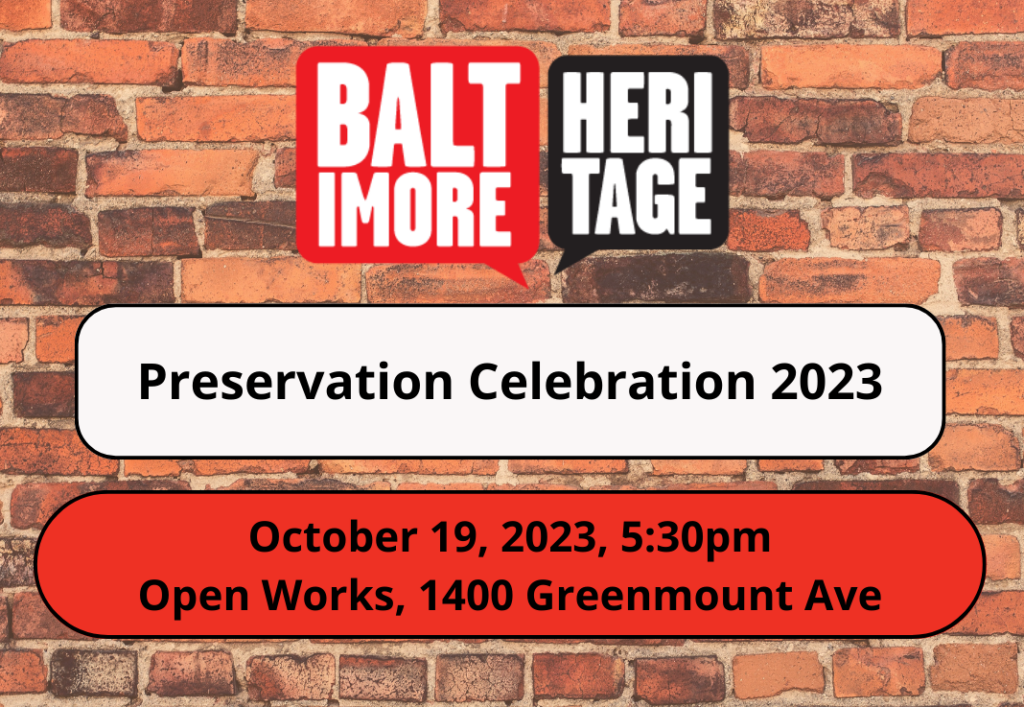The holiday season is upon us and we want to spend it with you! Please check out our upcoming heritage tours to get to know even more about Baltimore’s history this winter season. We hope to see you this month!
Boughs of Holly: A Tour of Evergreen Museum & Library Decked Out for the Holidays
When a tremendous Gilded Age mansion gets fully-adorned with holiday decorations, there’s a lot to see. On Tuesday, December 5, please join us for a special winter tour of the Evergreen Museum and Library, which holds 48 rooms, a soaring portico, a Tiffany designed glass canopy, and loads holiday decorations. Register here!
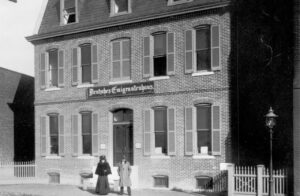
The Baltimore Immigration Museum: A Behind-the-Scenes Tour
On Tuesday, December 19, join Baltimore Heritage at the Baltimore Immigration Museum to hear the stories of the various ethnic groups, including Germans, Irish, Jews, Poles, Lithuanians, Czechs, Italians, and Greeks, who started their American journey in Baltimore between 1830 and 1914. Register here!
Up into the Clockworks at the Bromo Seltzer Tower
On Wednesday, December 27, join us for a behind-the-scenes tour of the Bromo Seltzer Tower! Completed in 1911, the tower’s four clocks each measure 24 feet across, a foot more London’s Big Ben, and the tower itself was the tallest building in Baltimore at the time. Our tour through the building will include a trip up into the clockworks at the top to look at the tick-tock operation in process and peer out the translucent windows. Register here!
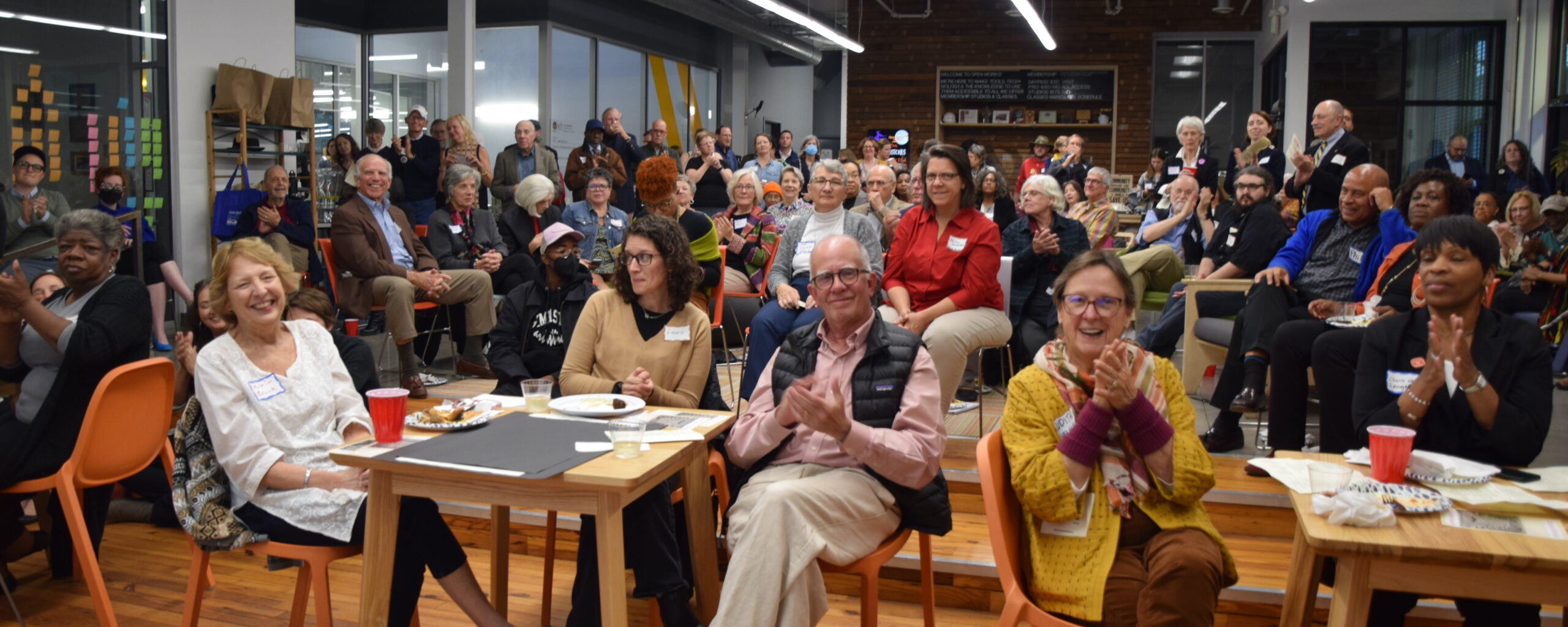
Finally, with Thanksgiving just behind us, we at Baltimore Heritage have a lot to be thankful for, starting with the kind volunteers who lead our tours, research and write about historic places for Explore Baltimore Heritage, join us in fighting for threatened historic landmarks, and so much more. You make our work possible. Thank you all!
— Johns Hopkins, Executive Director
PS: It’s the time of year when we both give thanks and look forward to the year ahead. It is also the time of year when we ask you to join or renew your membership support for Baltimore Heritage. Your gift makes our work possible.

